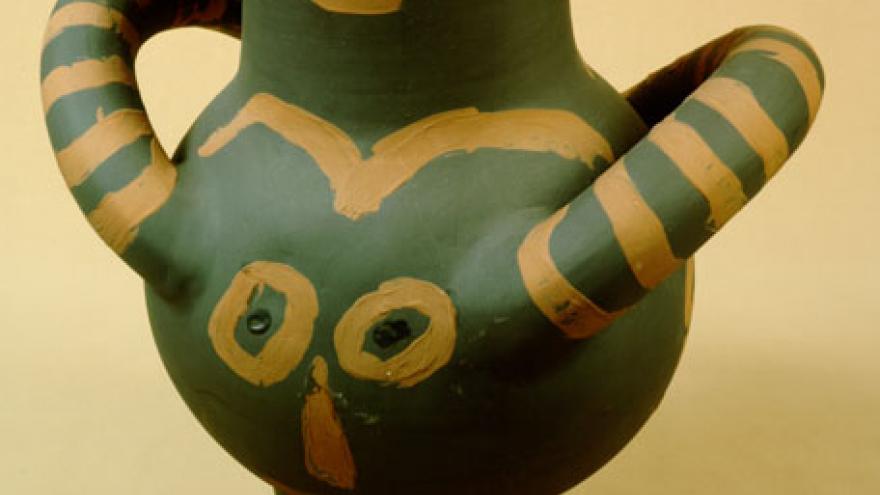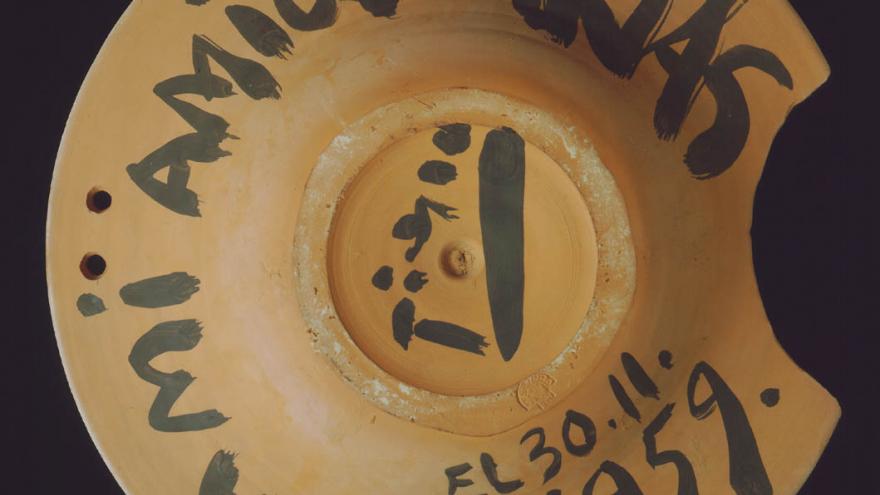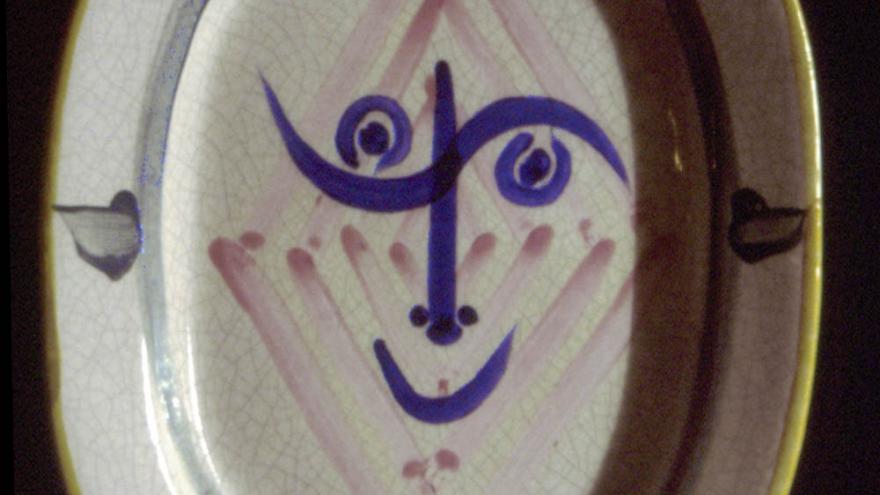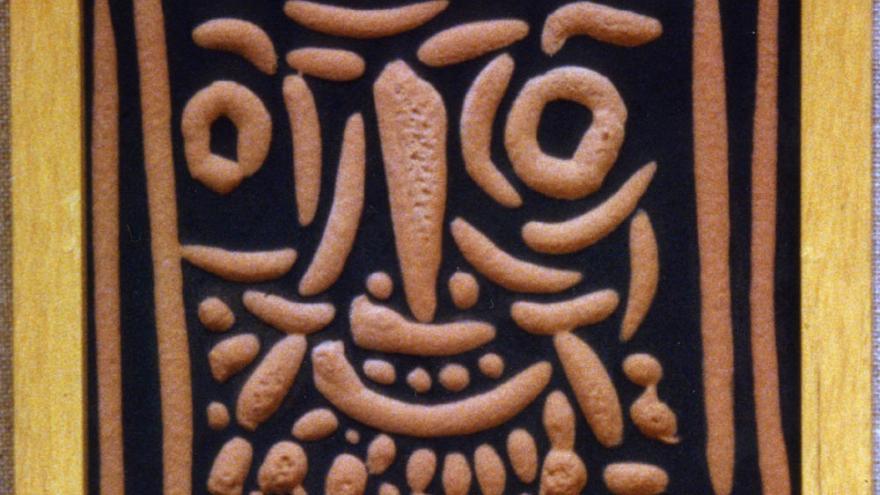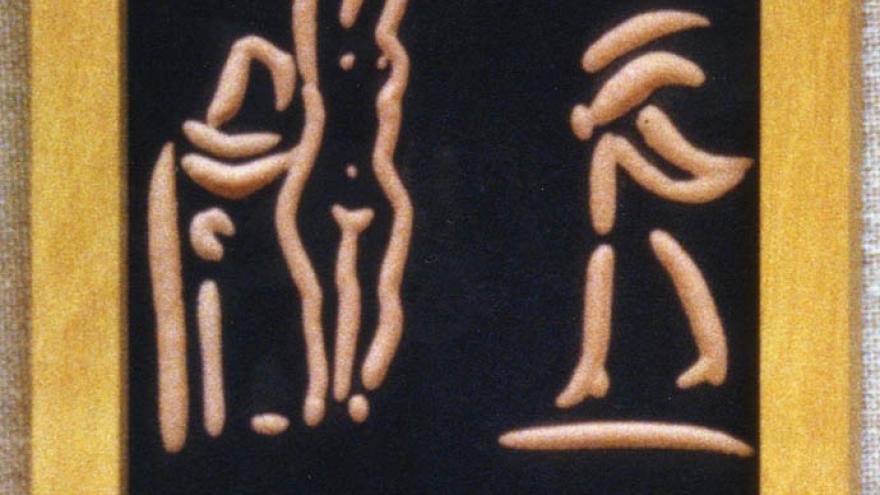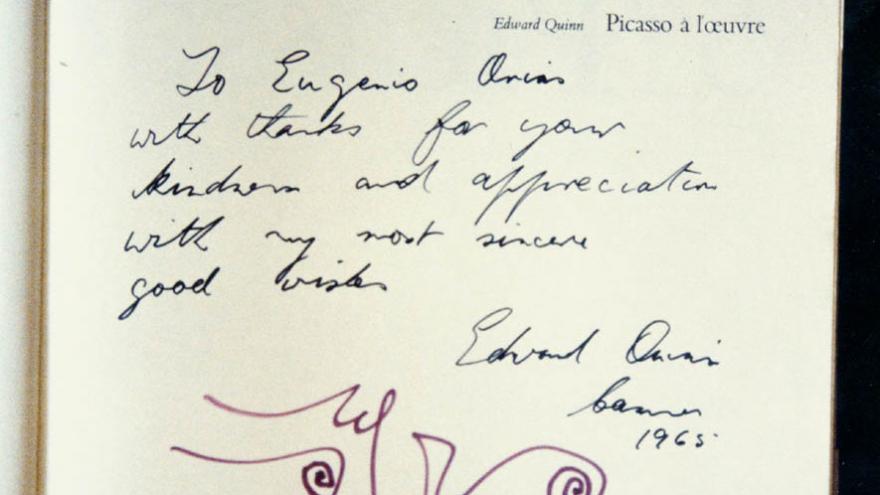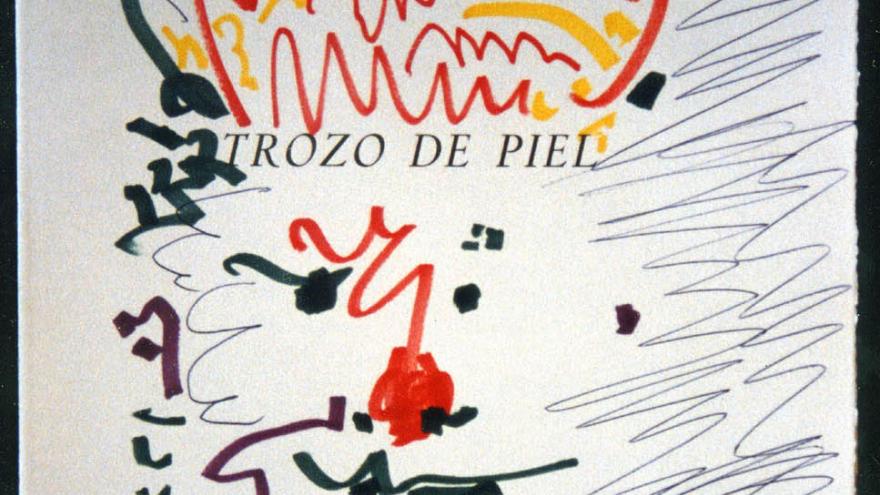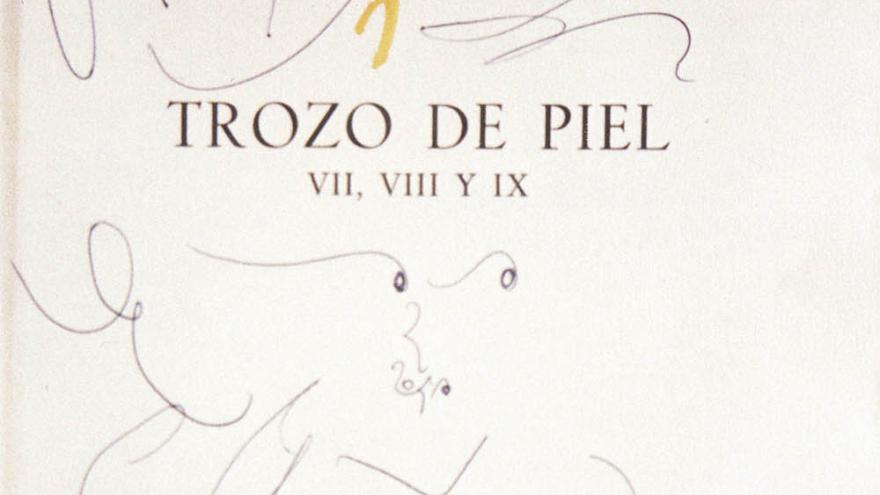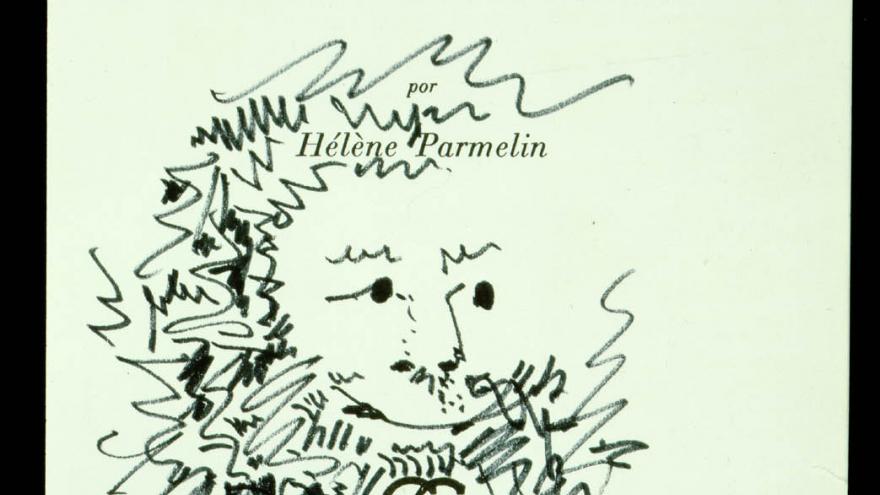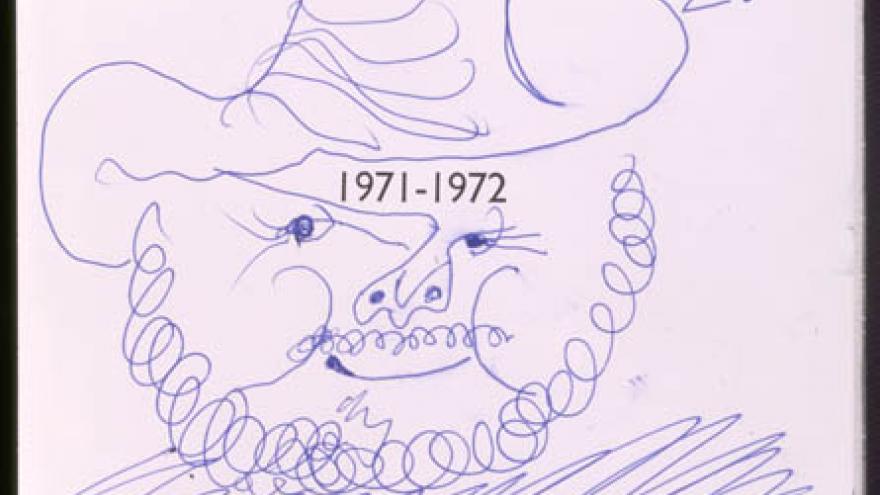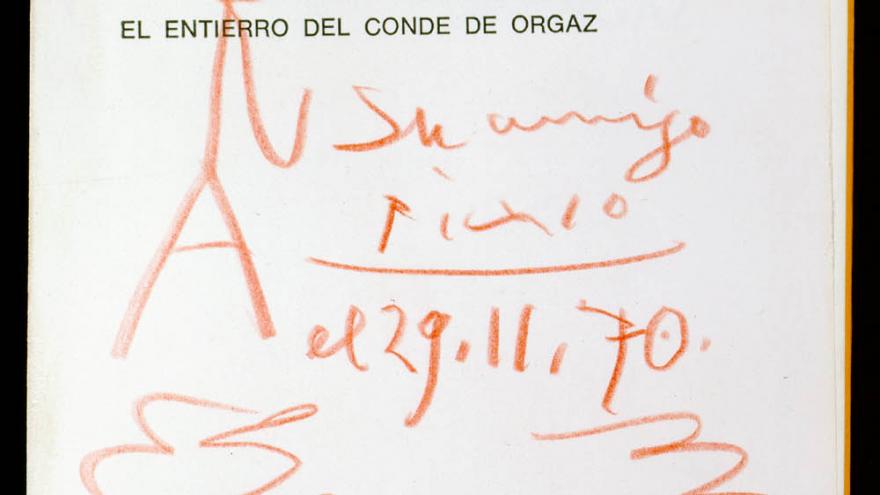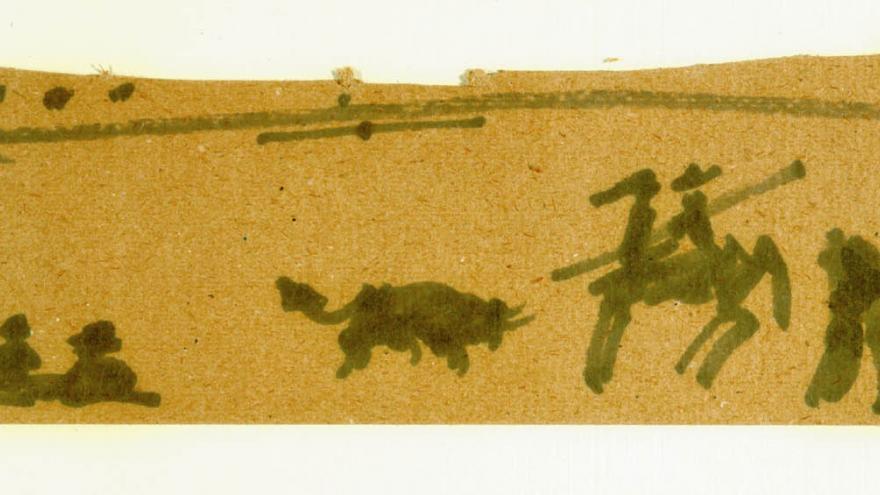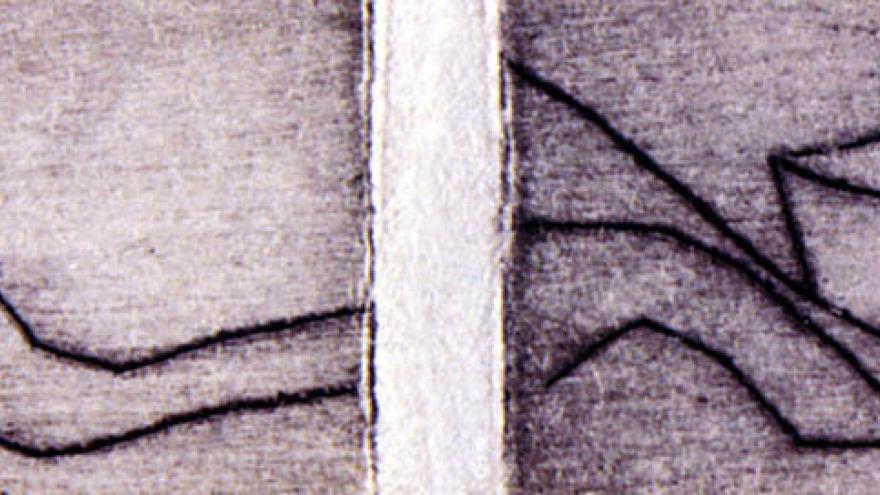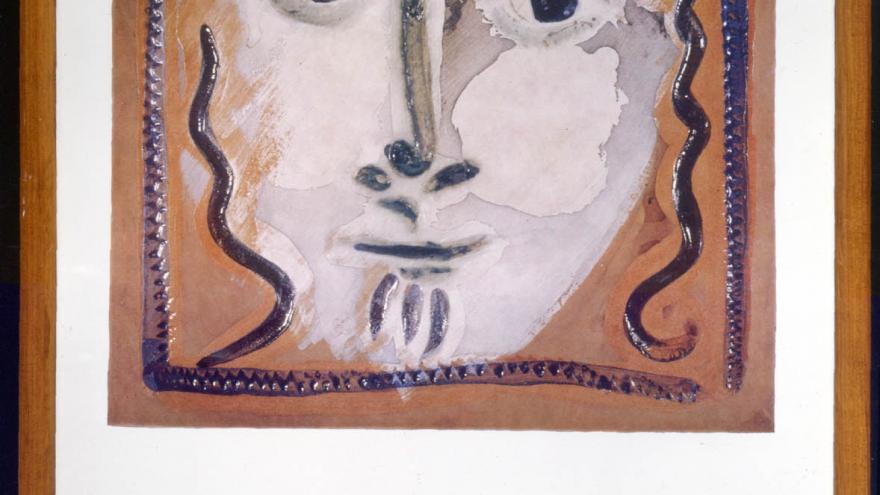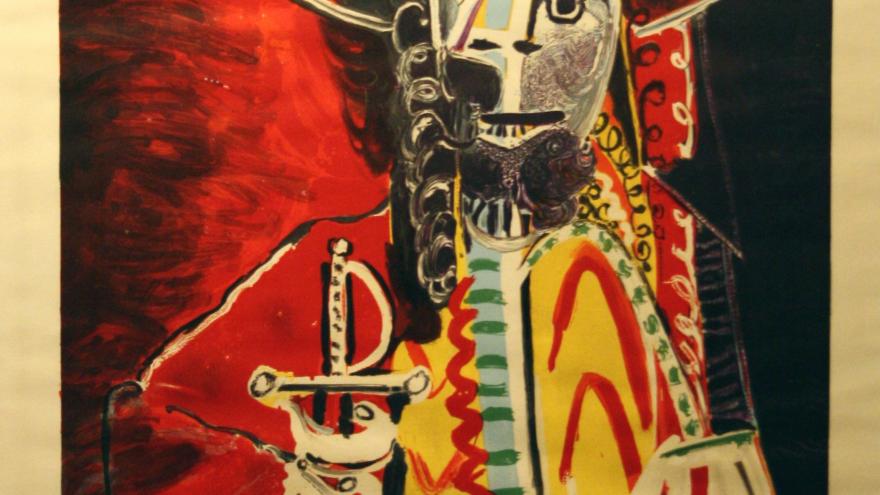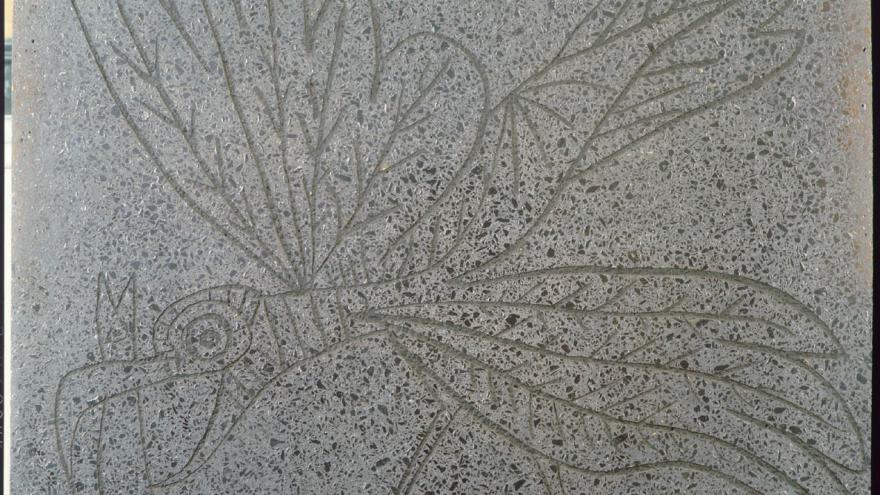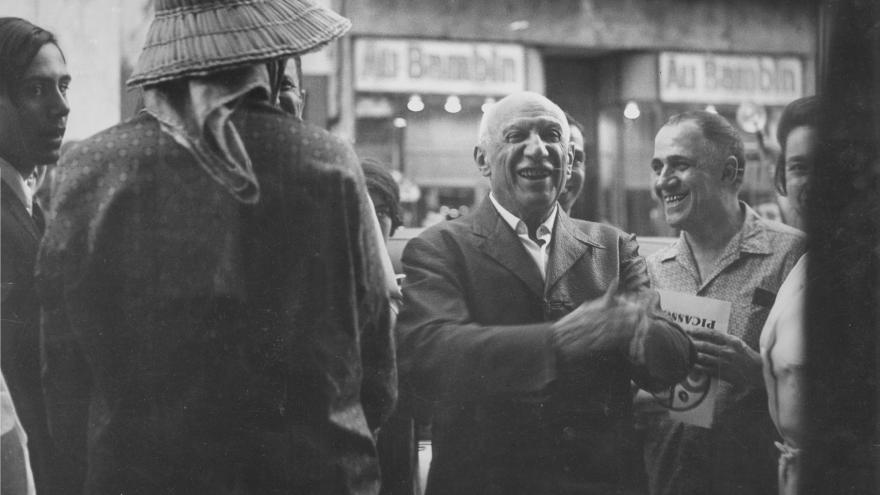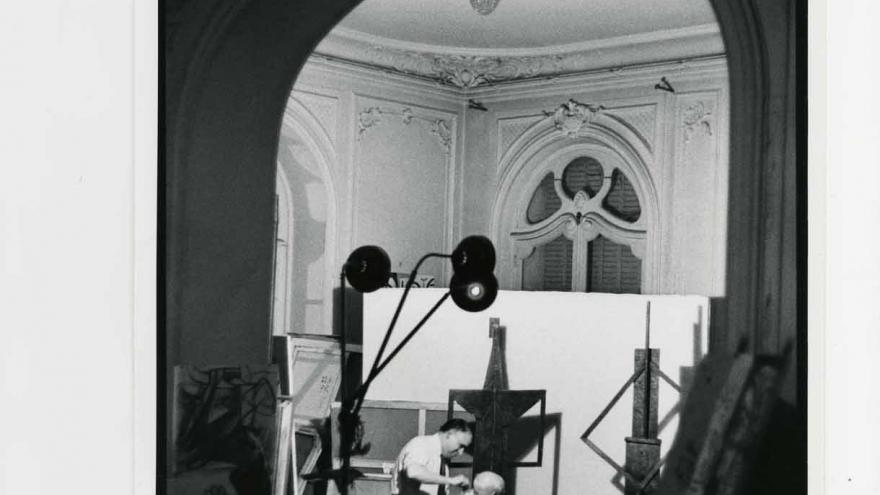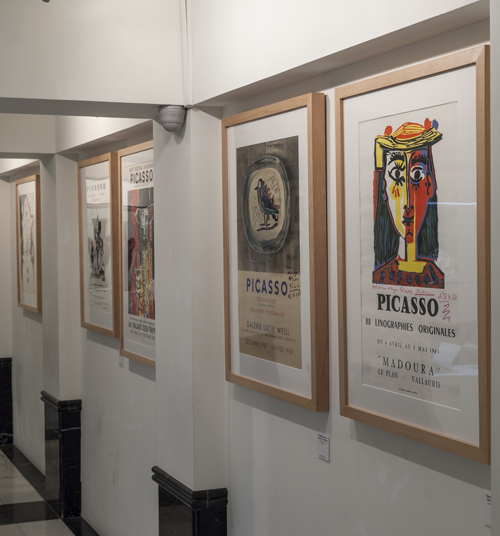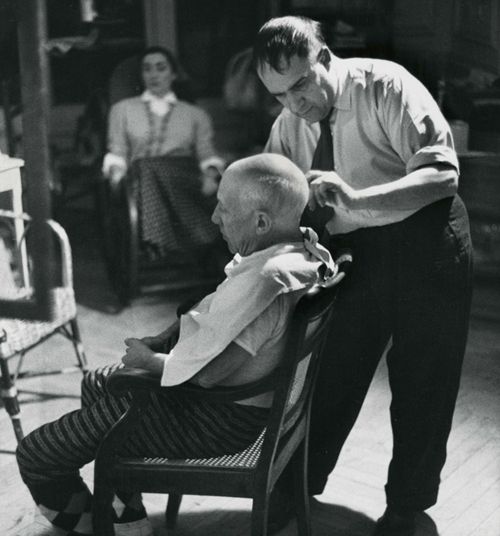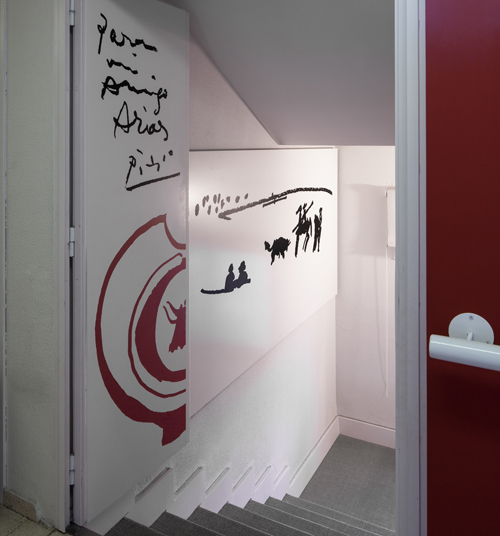
Picasso Museum - Eugenio Arias Collection
Ceramics, drawing and graphic work
The main core of the collection is made up of works given and dedicated by Picasso to Eugenio Arias. This set, of a very varied nature, brings together drawings, graphic work, ceramics, posters, dedicated books and other unique items such as a pyrographed barber's tool box and a cagairon plate.
The set includes several photographs by André Villers, contributed by Arias to the Museum in the XNUMXs, and a sculptural bust of Picasso by Francisco Aguilar.
Added to this core are eight ceramic pieces from the collection of the former Provincial Council of Madrid, which were incorporated into the Arias collection at the end of the 2005s. The latest acquisitions made by the Community of Madrid have been two prints in 1, through 2011% cultural, three photographs of David Douglas Duncan in 75 and two donations of works. The collection currently consists of a total of XNUMX pieces.
Most of the pieces can be dated precisely between October 1948 and December 1972.
If you are interested in knowing more about a specific piece (technique, materials, measurements...), you can consult our collection through CERES - CLICK HERE-
Ceramics
In 1946, Picasso established a relationship with the Madoura pottery workshop in Vallauris, whose owners, Georges and Suzanne Ramié, had set out to revitalize ancient pottery traditions.
Starting in 1947, while living in the South of France, Picasso regularly went to work at the Madoura workshop, making innumerable ceramic pieces, a medium that achieved authentic renewal and an unusual artistic quality in his hands, elevating what had been traditionally a form of craftsmanship to the rank of authentic work of art.
On his anniversary, Picasso gave Arias two barber's basins, which are a tribute both to the profession, through which the friendship between the two was forged, and to his native country: the national holiday and Don Quixote.
Other pieces of painted ceramic modeled or printed in various ways represent bullfighting scenes or highly schematic motifs.
Drawings
The collection of drawings, of great creative strength, covers a wide variety of themes: the Mediterranean tradition, the bullfight, references to Rembrandt and characters linked to his time, symbolic motifs such as the dove of peace, portraits, among which Jacqueline's, as well as male faces, which could be interpreted as self-portraits.
Picasso, who had closely witnessed the birth of the calligram with his friend the poet Guillaume Apollinaire, fuses typography and painted image in some drawings.
The drawings, in colored pencil, pastel, ink, gouache, marker or ballpoint pen, generally appear on the covers or endpapers of books that document the life and work of Picasso (David Douglas Duncan, Edward Quinn, Hèléne Parmelin, Jaime Sabartés, Georges Bloch and Jean Leymarie), posters or exhibition catalogs of his work (Louise Leiris Gallery and Gaspar Room).
The drawings also appear in books illustrated by the artist and in others that reflect Picasso's activity as a writer and poet (Trozo de Piel and El Entierro del Conde de Orgaz).
Graphic work
In the print, the artist's artistic talent and mastery of the craft complement each other in an exemplary way to bear direct witness to his feelings and ideas. Picasso used an extraordinary variety of graphic techniques without having received proper training, although he had the collaboration of prominent printers, such as the Aldo brothers and Piero Crommelynck.
Anti-Francoism prevails in the theme of the graphic work gathered here (lithography, linography and engraving on celluloid), in which the dove of peace appears used with a clear meaning of political commitment to the defense of human rights and the vindication of freedom for Spanish political prisoners. Even the portrait of Eugenio Arias's mother, Nicolasa Herranz, was made, according to Arias, on the occasion of the request for amnesty for exiled Spaniards. Peculiar is his facet as a drypoint illustrator of landscapes in the tiny book of poems by Jacqueline Roque entitled Temperature.
The collection of posters and reproductions made by photomechanical printing is numerous and of various subjects: the theme of the painter and the model and Classical Antiquity, both with an undeniable erotic meaning, posters to announce the World Congress for Disarmament and Peace and others for present exhibitions of his work at the Lucie Weill and Madoura Galleries.
The Carnet de la Californie folder contains the theme of the artist's workshop in his villa La Californie and portraits of Jacqueline.
Other techniques
This section includes two works that are proof of the absolute freedom of Picasso's work, always capable of experimenting with new materials and the most diverse artistic techniques.
It is a box of pyro-engraved hairdressing tools with bullfighting scenes, especially intended for the work of the hairdresser, and a cagairon plate, made from crushed iron material waste, which represents the bird of progress, given to Eugenio Arias for decorate your new hairdressing salon in Vallauris.
Other authors
The Arias Collection also houses objects by artists friends of Picasso: photographs by André Villers, who together with photographers David Douglas Duncan and Edward Quinn documented Picasso's life in his home-workshop in La Californie, and a bust of Picasso signed by F. Aguilar.
Picasso had two bronzes made from the plaster the sculptor presented: one for him and one for Arias.



